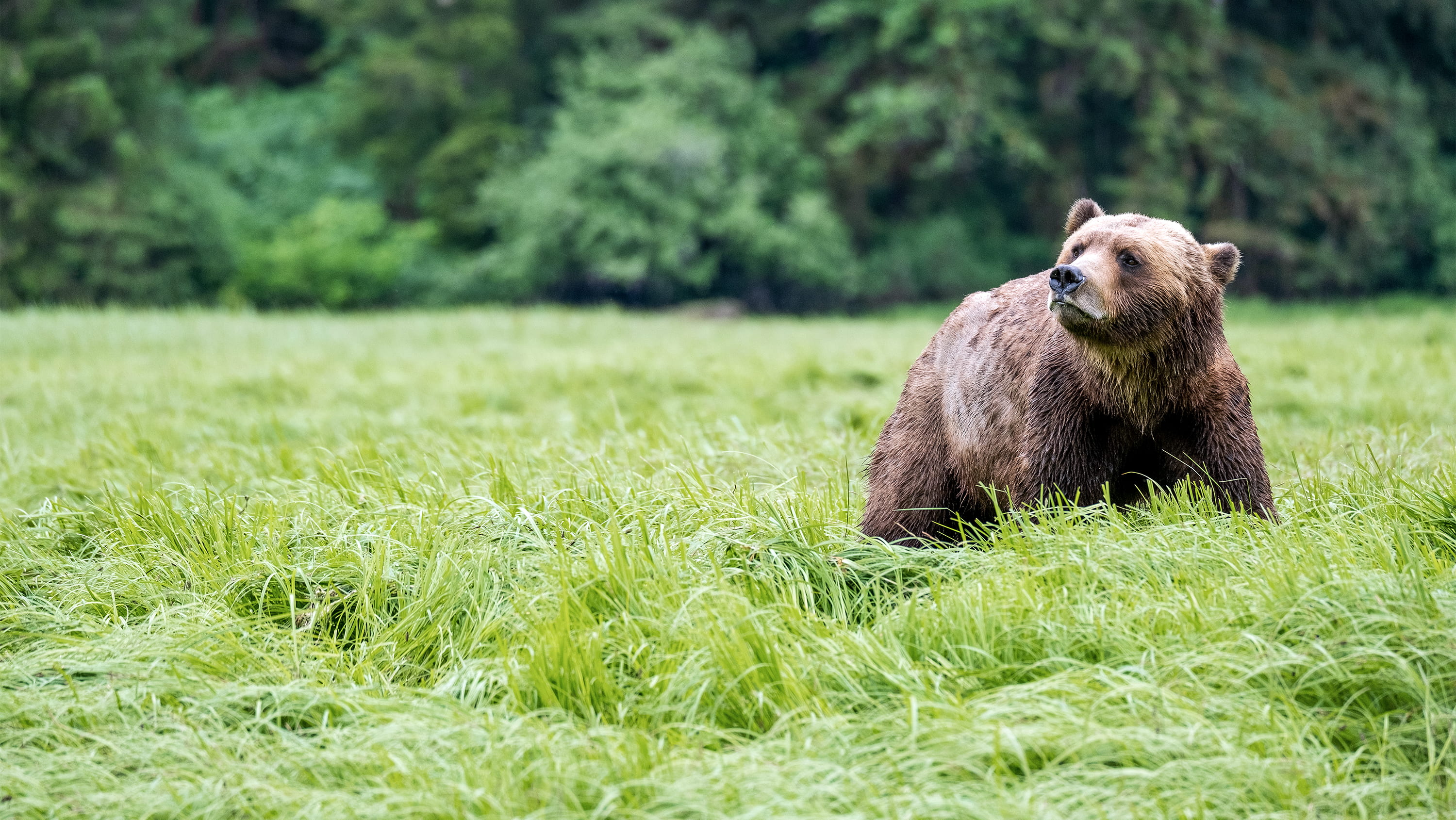Human recreation on mountain trails is displacing grizzly bears and wolves from their natural habitats, even when the trails are hundreds of metres away, according to a new study from the University of Alberta. The research underscores the need for more effective planning to ensure that recreationists and wildlife can coexist, particularly in the busy Bow River Valley, which has long served as a natural corridor connecting the prairies to the Continental Divide.
The study was led by Peter Thompson, a former postdoctoral fellow with Colleen Cassady St. Clair in the Department of Biological Sciences. Thompson and St. Clair worked with biologists from Parks Canada and Alberta Parks who installed camera traps at more than 1,600 locations in the Bow River Valley and adjacent areas in the mountain parks between 2007 and 2022.
For the study, published this week in the Journal of Applied Ecology, the researchers analyzed more than one million images of humans and tens of thousands of images of bears and wolves, comparing the detection of each species in areas with different levels of human use.
Using statistical models, Thompson estimated human use over the entire landscape, then determined the likelihood that grizzly bears and wolves would be present in various areas.
Not surprisingly, the carnivores completely avoided the areas immediately adjacent to the busiest trails. However, this displacing effect seemed to linger over large distances.
Thompson’s analyses showed that 50 per cent of the displacing effect of humans on high-use trails was still apparent 300 metres away for grizzly bears. This effect was even more pronounced for wolves, with that effect extending to 600 metres from the busiest trails. Thompson says these “zones of influence” caused by people are much larger than previously thought.
“We initially thought bears might use hiking trails as efficient routes when humans weren’t around, but they actually avoid these areas altogether,” says Thompson, who is now a postdoctoral fellow at Simon Fraser University. “Our results show that human recreation has significant effects on wildlife, substantially influencing their behaviour even hundreds of metres away from the trail.”

